In the fast-paced, hygiene-sensitive environment of UK hospitals, every detail counts, from patient care to equipment protection. One often-overlooked but essential item is the TV screen protector. These protective solutions are becoming a standard across NHS and private healthcare facilities, where they help preserve high-value screens and ensure safety for both patients and staff.
Why Screen Protection Matters in Hospitals
Televisions in hospitals serve a vital role. Whether placed in patient rooms, waiting areas, or staff lounges, they offer entertainment, relaxation, and critical communication. But constant exposure to movement, cleaning agents, and accidental impacts makes these screens vulnerable.
TV screen protectors are the solution, designed to provide a layer of defense that extends the life of displays while maintaining visual clarity and usability.
Key Benefits of Commercial TV Screen Protectors in Healthcare Settings
-
Impact Resistance
Hospitals are high-traffic environments. From trolleys and IV poles to unexpected patient movements, a screen is always at risk. Commercial-grade protectors are typically made from high-strength clear acrylic or polycarbonate, shielding screens from accidental knocks or deliberate damage. -
Infection Control Friendly
Screen protectors are easy to clean and disinfect, supporting infection control protocols. Smooth, non-porous surfaces allow thorough sanitisation using hospital-grade cleaning agents without degrading the material or image quality. -
Cost Savings on Equipment
Replacing damaged TVs in a hospital is not just expensive, it’s disruptive. A one-time investment in durable screen protection can significantly reduce long-term costs by preventing screen replacements and downtime. -
Patient and Staff Safety
Broken glass from damaged screens can pose serious risks. A protector prevents direct contact with the screen and contains fragments if breakage occurs, maintaining a safe environment for vulnerable patients and busy staff alike. -
Easy Installation and Removal
Most protectors are designed for hassle-free installation with secure but non-permanent mounting, allowing hospitals to upgrade or reposition their equipment without complications.
Where Screen Protectors Are Most Needed
-
Paediatric Wards: Where playful or curious children may unintentionally damage screens.
-
Mental Health Units: Where additional safety measures are crucial.
-
Waiting Rooms: High public traffic increases the risk of wear and tear.
-
Emergency Departments: Fast-paced, unpredictable settings with elevated risk of impact.
Tailored for NHS & Private Hospitals
Leading providers in the UK offer custom-fit TV screen protectors that align with NHS procurement standards and facility-specific needs. Whether you're managing a small clinic or a large healthcare trust, screen protectors can be ordered in bulk and delivered pre-sized to fit a wide range of commercial displays.
Conclusion: Small Detail, Big Impact
TV screen protectors might seem like a minor upgrade, but in the demanding healthcare sector, they deliver major benefits. With improved safety, longevity, and cleanliness, they help hospitals focus on what matters most, delivering excellent patient care.
Interested in outfitting your hospital with professional-grade TV screen protectors?
Contact us today to learn more or request a custom quote for your facility.
https://thescreenprotector.co.uk/pages/copy-of-tv-make-and-model


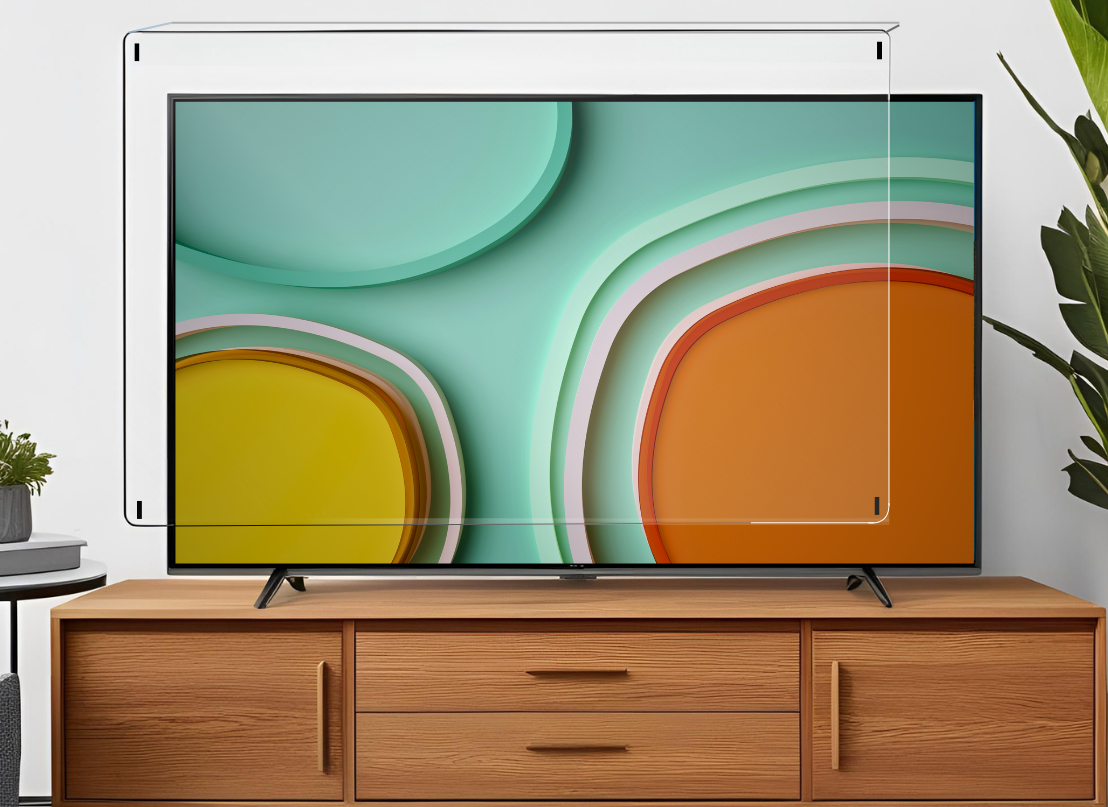
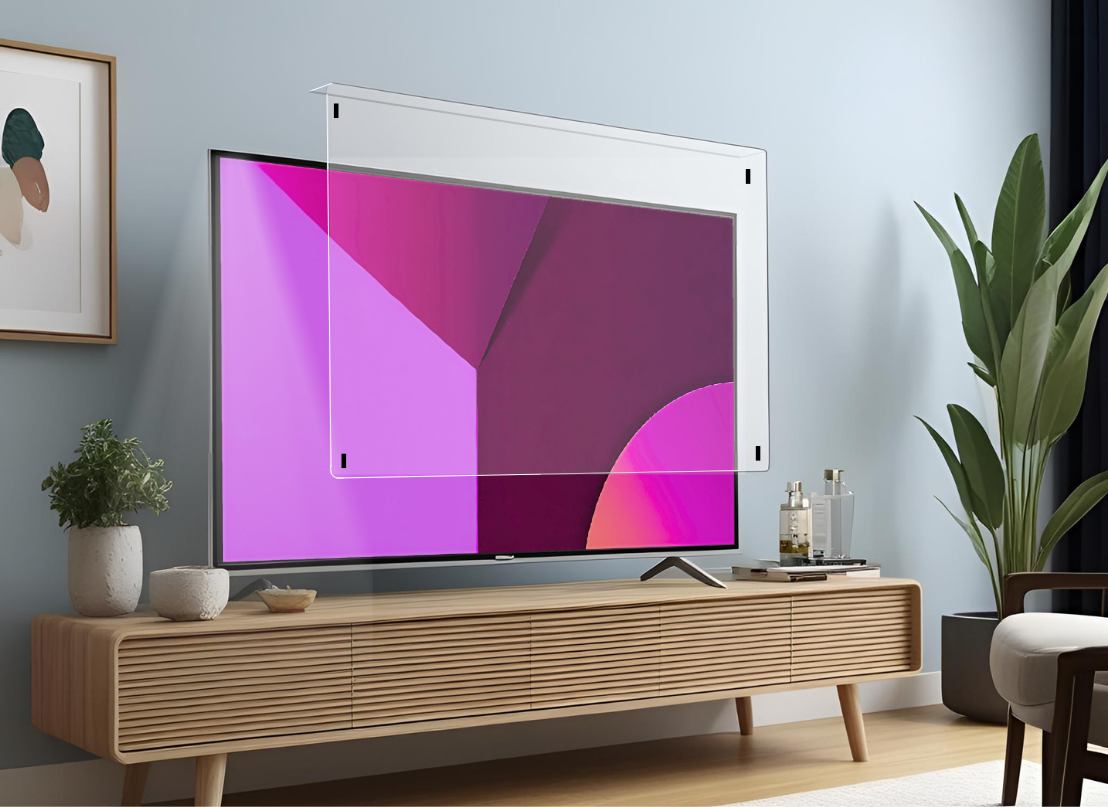
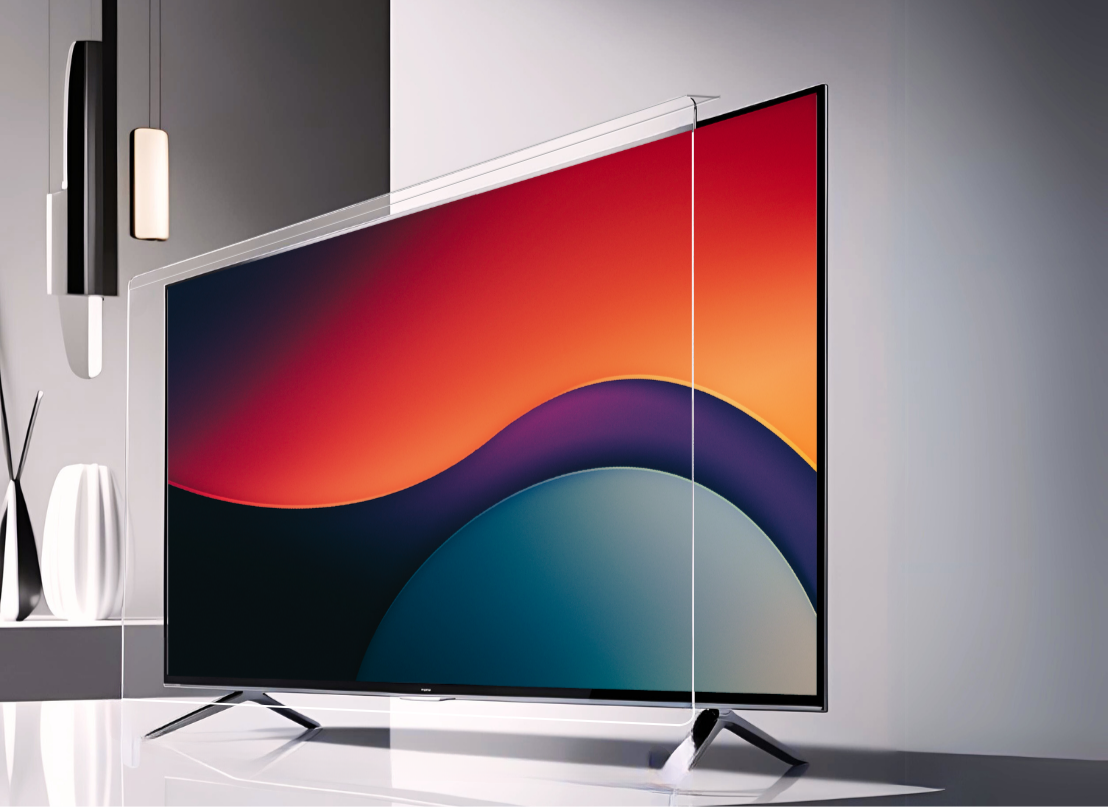
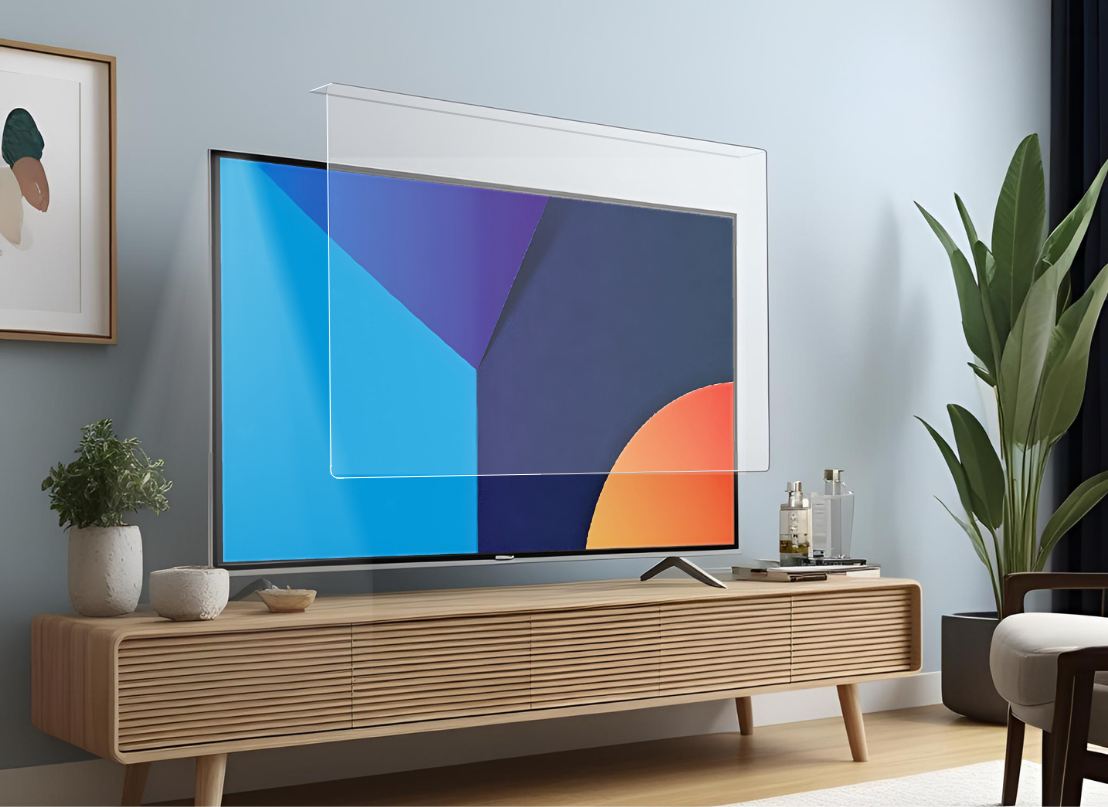
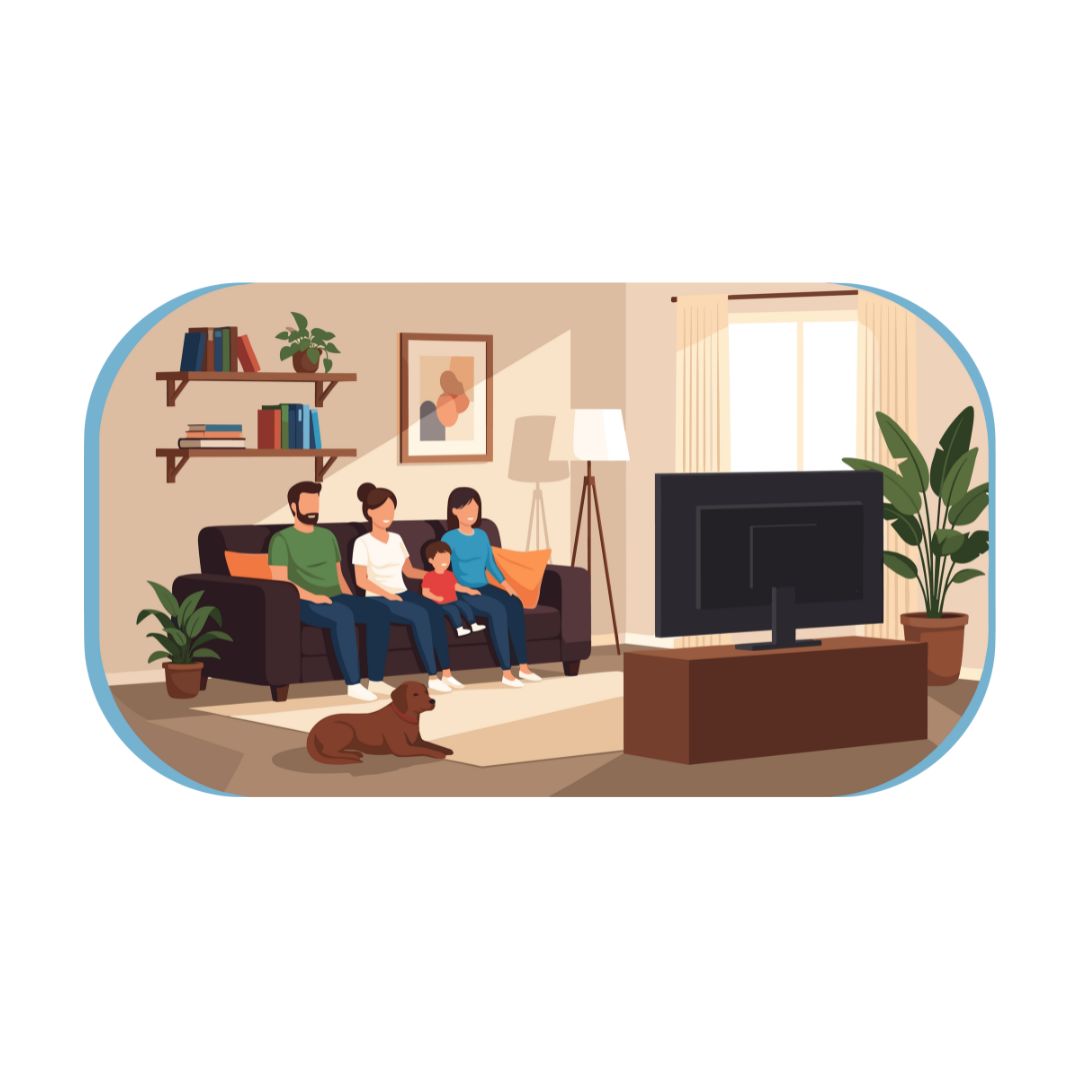
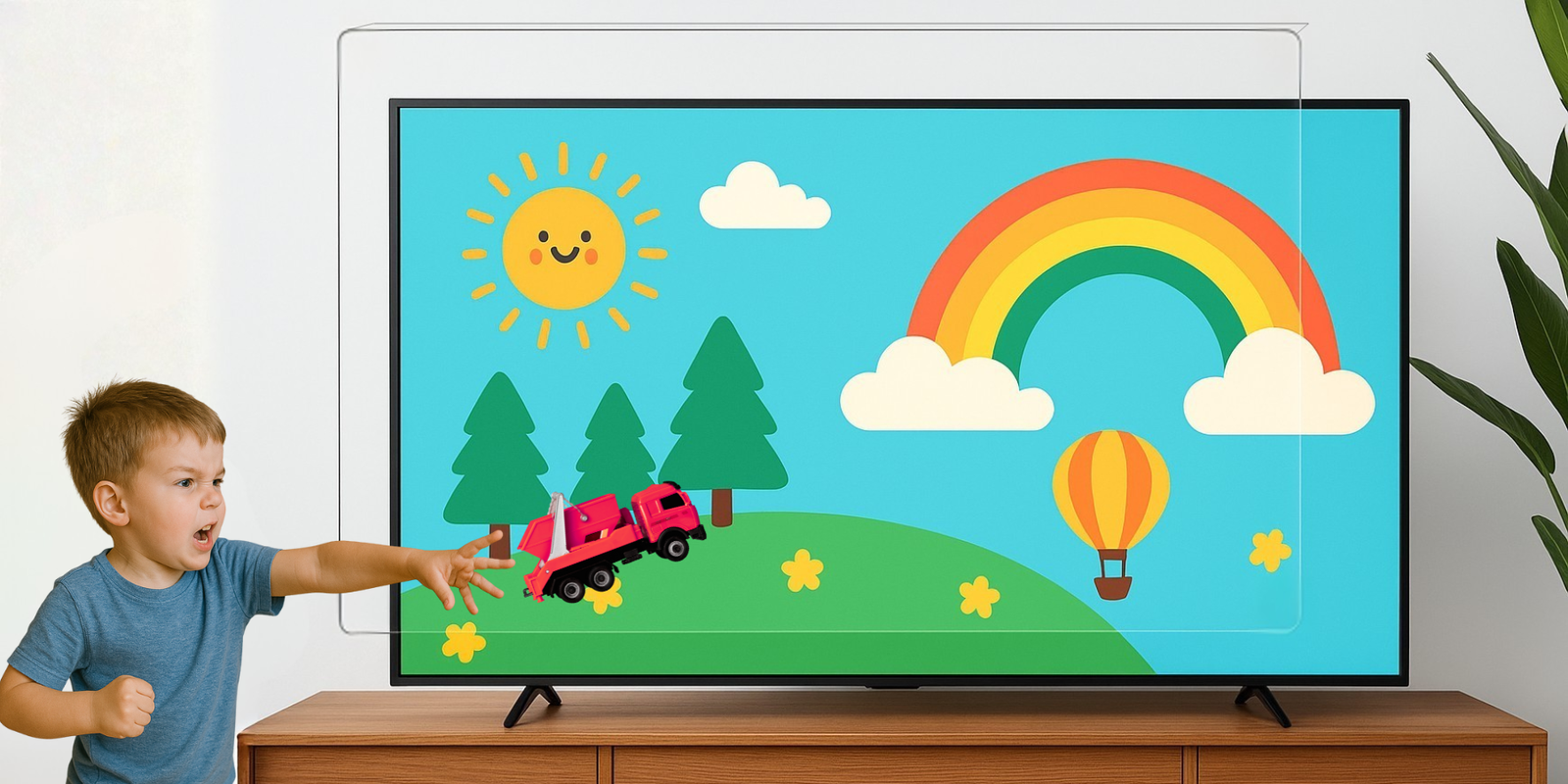
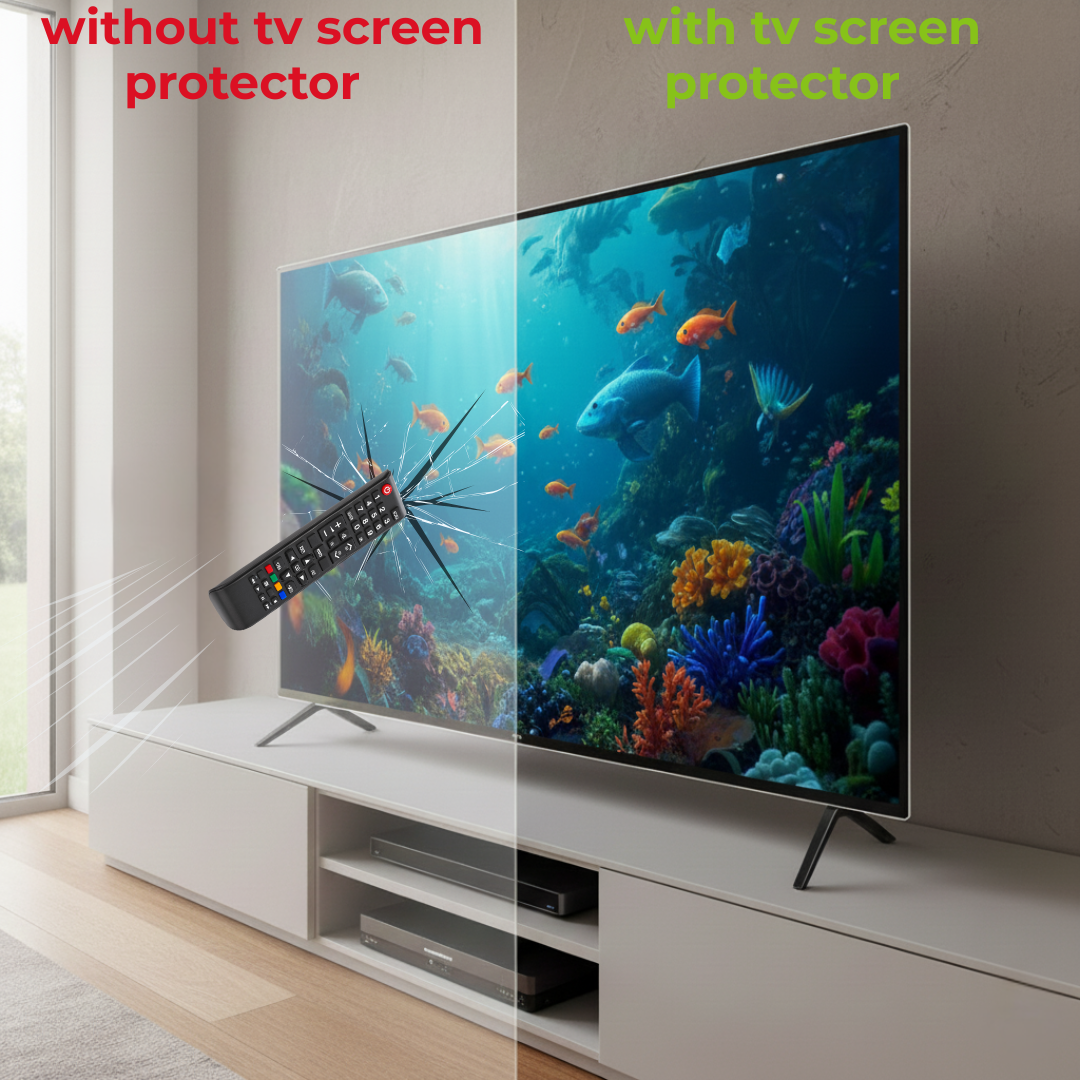

Leave a comment (all fields required)